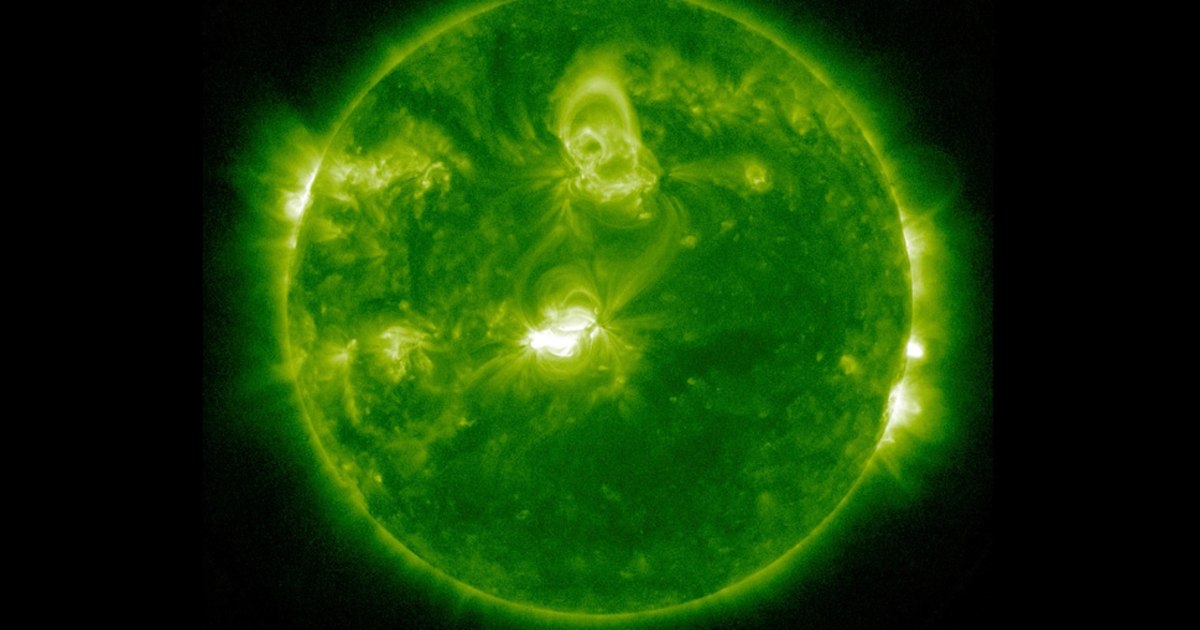By
The Associated Press
A plasma emission caused by a solar flare could interfere with radio transmissions on Earth on Monday, according to an advisory issued by space meteorologists.
The phenomenon could also offer an attractive aurora.
There is no cause for concern for the population, according to the alert issued on Saturday by the Space Weather Prediction Center of the United States National Oceanic and Atmospheric Administration in Boulder, Colorado.
[SpaceX successfully launches 22 Starlink satellites in California]
The storm could disrupt high-frequency radio transmissions such as those from
aircraft trying to communicate with
distant air traffic towers.
Most commercial aircraft can use satellite transmissions as an alternative, explained Jonathan Lash, an expert at the center.
Satellite operators could have trouble monitoring their ships, and power grids could see some “induced current” in their power lines, but nothing they can't handle, he said.
“For the general public, if they have clear skies at night and are at high latitudes, this would be a great opportunity to see the skies light up,” Lash said.
Every 11 years, the Sun's magnetic field changes, so that its north and south poles swap positions.
Solar activity changes during this cycle and is now close to its peak activity, called solar maximum.
[Inspiring America: This Latina makes recycled clothes that have reached space (and Nike bought her idea)]
At that time, geomagnetic storms like the one that arrived on Sunday can affect Earth a few times a year, Lash said.
During solar minimum a few years can pass between storms.
Last December, the largest solar flare in years affected radio communications.

